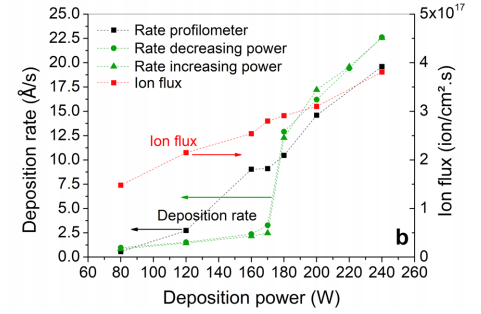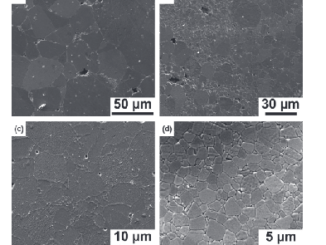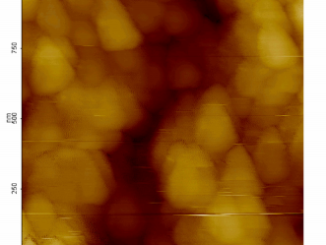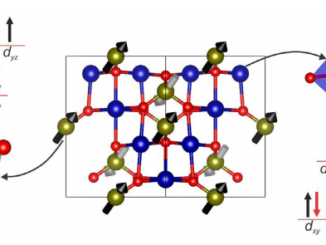
Role of the reactive sputtering deposition power in the phase control of cobalt oxide films
Abstract: The influence of the reactive magnetron sputtering deposition power on determining the stoichiometry and structure of cobalt oxide polycrystalline films is investigated using experimental and simulated data. Direct current discharges with powers in the 80-240 W range are tested using a metallic Co target and an Ar + O-2 plasma. X-ray diffraction results show that lower deposition powers favor the spinel Co3O4 phase, while higher powers produce films presenting the rocksalt CoO phase. Computer simulations indicate that lower power processes occur in the poisoned target regime, while higher power depositions favor the metallic target regime. Consistent with the simulations, oxygen optical emissions (O-I = 777: 3 m) from the plasma show a significant decrease while the cobalt emissions (e. g., the Co-I = 340: 5 nm line) are significantly increased when the deposition power is increased. The results show that the film stoichiometry and structure are directly related to the deposition power, at constant O-2 flow. Published by the AVS.
Author(s): Neto, NFA; Leite, DMG; Lisboa, PN; da Silva, JHD
JOURNAL OF VACUUM SCIENCE & TECHNOLOGY A
Volume: 36 Published: NOV 2018
PDF: Role of the reactive sputtering deposition power in the phase control of cobalt oxide films
DOI: 10.1116/1.5046952




